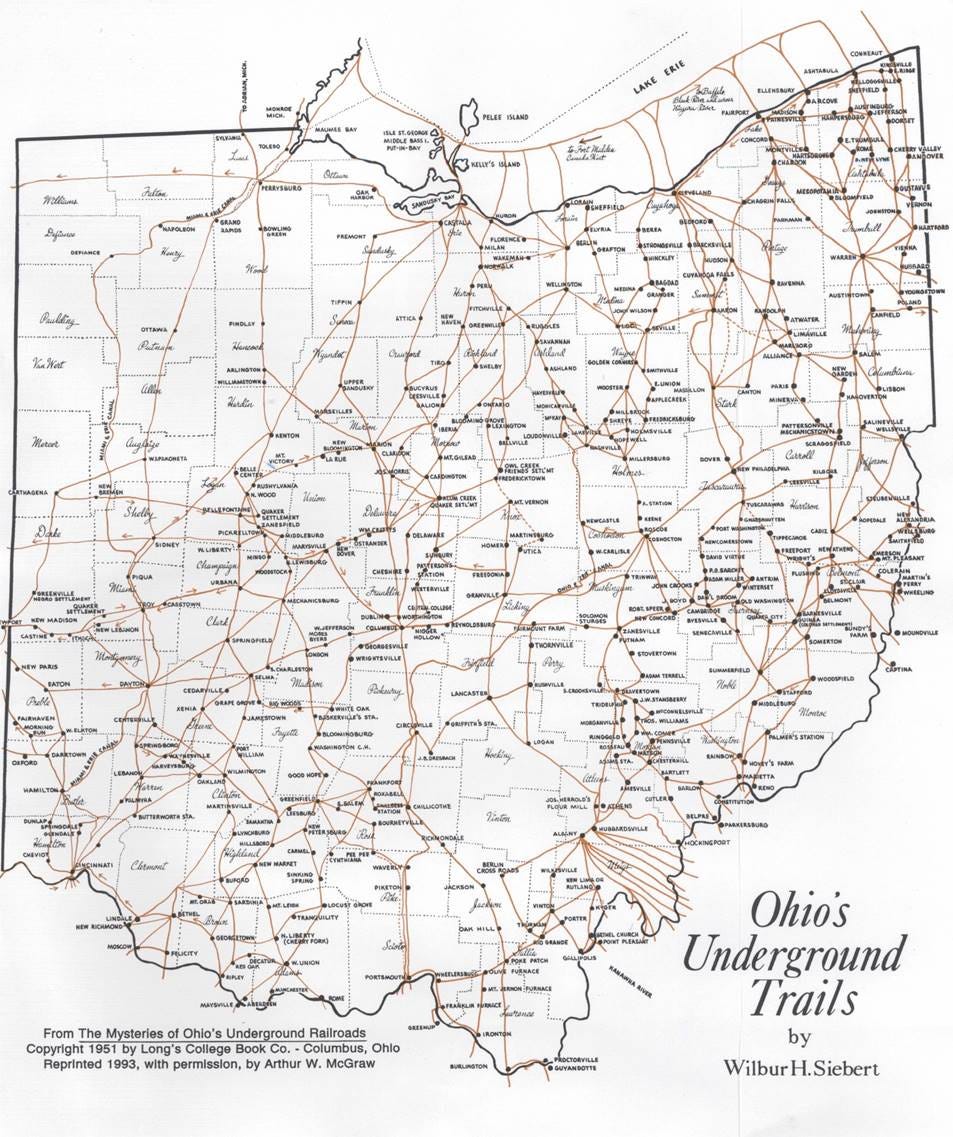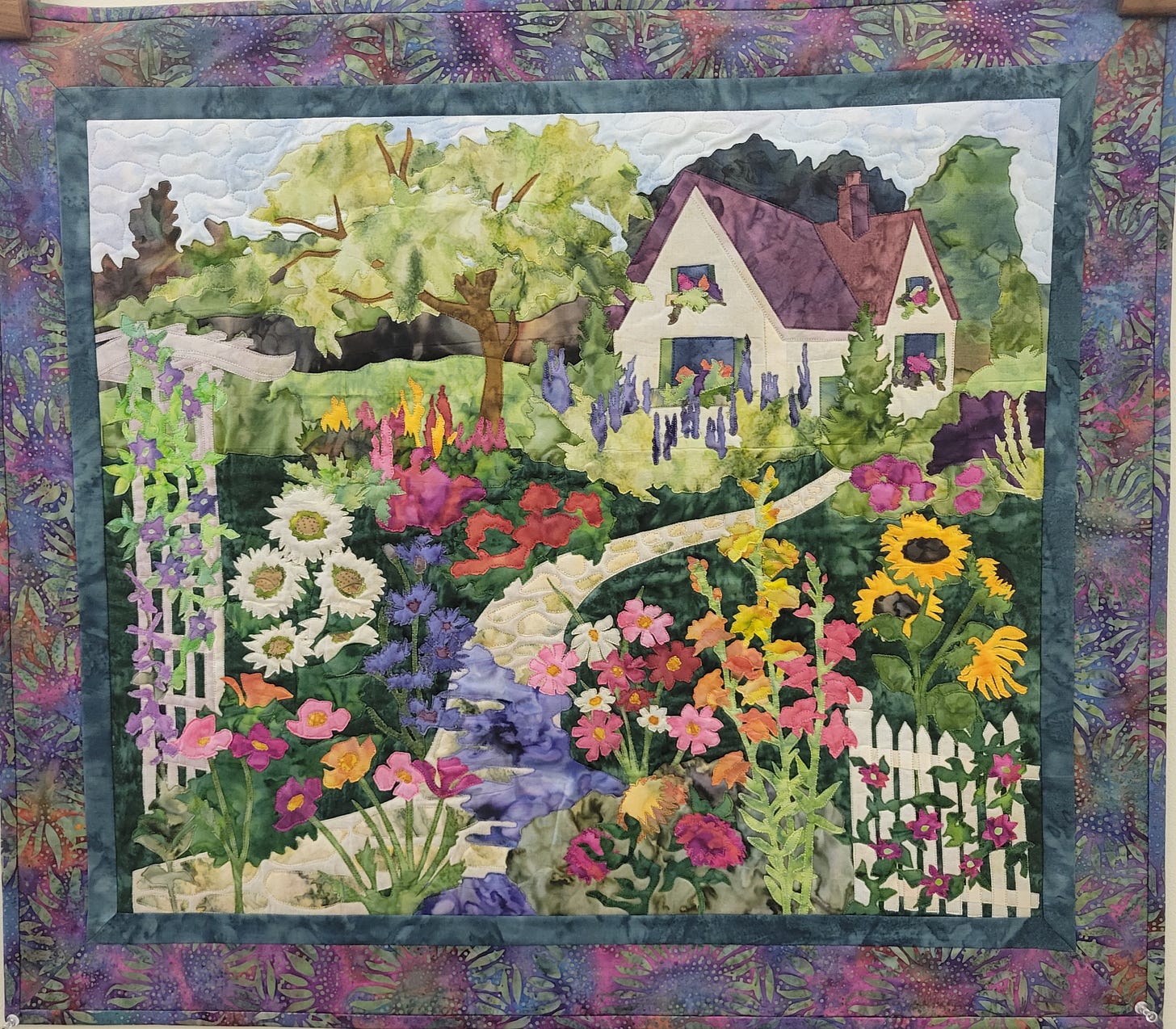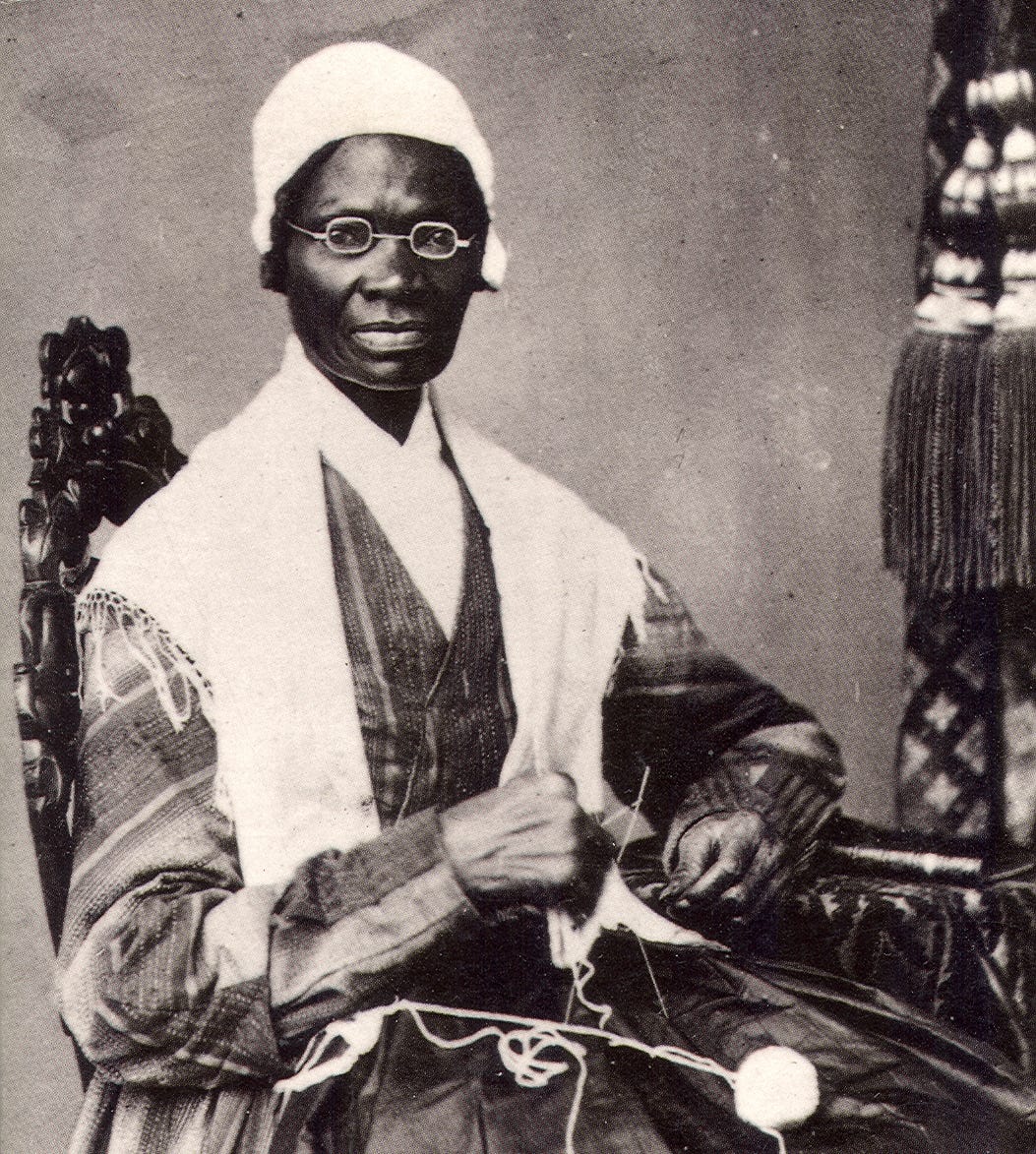The history books are full of theories about how the Underground Railroad communicated information. They are also full of arguments for and against those theories.
The trouble is, there is very little proof one way or the other.
If there were a definitive guide of the Underground Railroad’s communications preserved for all posterity, it would have endangered lives.
Further complicating the matter were laws preventing anyone from teaching an enslaved person to read or write, so many of the records were oral and never committed to paper.
This doesn’t mean everyone born into slavery was illiterate (ex: Frederick Douglas and the people he taught), or that no part was ever written down, but it did mean the folks running the Underground Railroad had to get creative.
As for the written data, there was a mass destruction of any records that had been kept after the Fugitive Slave Act passed in 1850.
Some of the chief record-keepers openly admitted they burned evidence to protect themselves and others once the game changed in 1850.
Still, there are some things we know for certain:
The network was commonly referred to as the Underground Railroad, and the Gospel Train.
People traveling along it were passengers, cargo and baggage.
Guides and others assisting freedom seekers with shelter, legal defense, clothing and food were conductors, engineers, and stationmasters.
Safe shelters along the route were stations, depots and waystations.
Lookouts were called pilots.
Abolitionists who made financial donations to help the Underground Railroad were shareholders and stockholders.
People and places had code names too. For example, Harriet Tubman was Moses or General Tubman, and Canada was Canaan or Heaven.
Black sailors and dock workers were instrumental in passing along information about which captains were most likely to help refugees. They also carried letters, creating an unofficial underground postal system. Additionally, they distributed a booklet titled, Appeal to the Colored Citizens of the World. It was sewn into the linings of their uniforms, then passed out to people in the south.
During an escape, if danger threatened the route, conductors would signal the rest of the train to reroute. (Ex: when John Brown Road was discovered by pro-slavery factions, an anti-slavery aid society changed the route and brought passengers through Kansas to the north with side branches splitting through towns in Iowa)
We also know that literate abolitionists communicated in writing, and often.
Harriet Beecher Stowe mentions the Underground Railroad in her book Uncle Tom’s Cabin, which incited more people to join the cause.
William Lloyd Garrison’s publication, The Liberator, was widely read and gave descriptions of prominent slave-catchers for people to antagonize and obstruct whenever possible.
Now, here are some theories about how the Underground Railroad communicated with at least a hint of support, yet still plenty of controversy.
Lanterns
John Rankin, one of the best-known conductors of the Underground Railroad at the time, lived in a small village along the Ohio River. His house marked a key crossing point for passengers to cross the river from Kentucky to Ohio. He used a lantern to signal when it was safe to cross.
Did others use lanterns to show where stations were located, or when it was safe to traverse certain areas?
The jury is still out.
Coded Quilts
Legend has it coded quilts were used to direct passengers traveling on foot. The quilts were either hung on a clothesline in the yard or under a window.
What types of messages were on these quilts?
If it had a bowtie, it meant dress to look wealthy to get through the city (many states had free and enslaved populations and often the easiest way to tell the difference was how they dressed).
If the quilt had a bear paw, it meant there was a river nearby and travelers should follow animal trails to find food and water.
In the springtime quilts with geese were put out, meaning listen and watch for geese and follow them north.
Perhaps the most obvious, if the quilt had a cabin on it, it announced “this is a station.”
For all of the back and forth about if these quilts were truly part of the communication system of the Underground Railroad, I’ll give you this: There is a church still standing today that points visitors to a nine-patch quilt pattern in the ceiling. The First African Baptist Church of Savannah, GA says this decoration is what marked the church as a waystation for freedom seekers.
Astronomy
For passengers traveling under the open sky at night, the North Star, which stays in relatively the same location year-round, was a reliable guide. All they had to do was find the Drinking Gourd (aka the Big Dipper), and from there they could find the North Star.
When Frederick Douglas published his first anti-slavery newspaper, he named it The North Star and its first issue proclaimed, “To millions, now in our boasted land of liberty, it is the STAR OF HOPE.”
Negro Spirituals
Some of the most popular spirituals still known today often had a double meaning back then.
Usually sung ahead of time, the spirituals prepared people that something was about to happen. Songs that featured wheels, chariots, angels coming or traveling shoes were messages to be ready.
Some examples:
“Highway to Heaven” was talking about taking the Underground Railroad to Canada.
In “I looked over Jordan and what did I see?” Jordan was code for the Ohio River.
“Wade in the water” instructed refugees to travel in the river because it caused tracking dogs to lose their scent.
“Swing Low, Sweet Chariot” seems too obvious to even need explaining.
“Follow the Drinking Gourd” is pretty obvious now too, given it pointed to the North Star.
Needlework
This one is all me, guys. I did the research, I connected the dots, I have a theory.
Morse code was invented and finalized in the 1830s. It’s a system of dots and dashes that create letters when combined in certain patterns.
You know what else uses patterns and two dot and dash-like markings?
Knitting.
While there is far more evidence to support coded knitting during the two world wars, there are hints the practice of knitting spies goes back further.
During the Revolutionary War, American spy, Molly “Old Mom” Rinker, pretended to knit while spying on the British. Once she had a message ready, she would write it on a scrap of paper, stuff it in a ball of yarn, then toss it over a cliff to soldiers hidden below.
During all of our country’s earlier wars, women were encouraged to knit socks, gloves, sweaters and scarves for the troops. Knitted garments were crossing the country all the time on their way to the front.
As more women got into spywork, various codes emerged in the clothing items that were easily disguised as innocuous scarves with hidden intelligence.
Sometimes the codes were rudimentary, from dropping a stitch and leaving a hole to indicate how often a train passed in a line where each stitch represented a minute.
Other times they were more complex, with knit and purl stitches representing dots and dashes of morse code.
The American Red Cross - an organization started by an abolitionist with direct ties to soldiers, spies, and the Underground Railroad during the Civil War - has historically offered knitting classes.
During the First World War, volunteers with the Red Cross knitted over twenty-three million garments for the military. It was closer to ten million garments for the Second World War.
Since this one is all me, let’s recap one more time.
We know:
knitting spies have been a thing since at least the Revolutionary War
the woman who created the organization that taught most Americans to knit had easy access to abolitionist spies
she was an abolitionist herself
sending knitted gifts and donations is a time-honored tradition during wartime that never raised suspicion
Still, it behooves me to say there is no conclusive proof that this particular practice goes back to the covert communications of the Underground Railroad.
Now, please enjoy this photograph of Sojourner Truth, a known abolitionist and engineer of the Underground Railroad, and the task she chose repeatedly to do while sitting to be photographed, knitting.
[author lowers spectacles, raises eyebrows, winks]
Word of mouth
Some cities have a reputation for being different when everywhere around them is the same.
I’m looking at you, Austin, TX.
It was the same one-hundred and seventy-five years ago.
Except I’d be looking at Lawrence, KS back then.
People had a general awareness of places that were abolition strongholds in a land where slavery was the law. It was understood if you could get to one of those places, you could get a trip on the Underground Railroad.
Abolitionist societies, anti-slavery organizations, black churches, and Quakers were resources to help passengers find their way once they made it into town.
The first mention of the Underground Railroad in print was in 1839, when an enslaved man was quoted saying he hoped to escape on a railroad that ran underground to get to Boston.
When it all started no one knows, but we do know when it ended.
Once the Union Army began enlisting black troops, the effort to escape transformed into an effort to win the war to abolish slavery for good. The influx of fresh troops turned the tides for the Union and the rest is history.







"Curious Gaze" and "Critical Reflection" are two of the hallmarks of a true historian. Those hallmarks underpin this article! A superb piece of work, great detail, easy to read and to take in. Thank you.